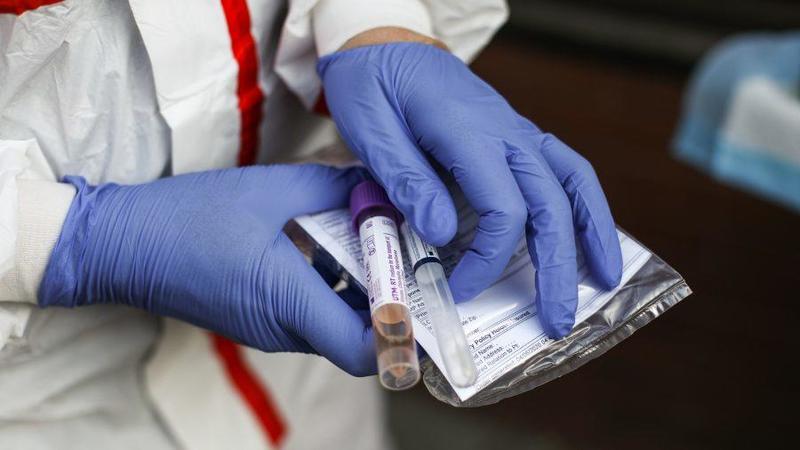Authored by Isabel van Brugen via The Epoch Times,
Herd immunity to COVID-19, the disease caused by the CCP virus, could be achieved with fewer people being infected than previously estimated, new research suggests.
According to an Oxford University study (pdf), the herd immunity threshold (HIT) may be lower than previous estimates because many people may already be innately immune to COVID-19—without ever having caught the disease.
A team of researchers from the University of Oxford’s Zoology Department, led by Professor Sunetra Gupta, produced a model that suggests as little as 20 percent of the population may need to be resistant to the virus to prevent a resurgence of an epidemic.
The study, which was published on July 16, is yet to be peer-reviewed.
“It is widely believed that the herd immunity threshold required to prevent a resurgence of SARS-CoV-2 is in excess of 50 percent for any epidemiological setting,” the paper says.
The researchers suggest that many people may have already built up some degree of resistance to the virus from exposure to seasonal coronaviruses, such as the common cold.
Herd immunity is achieved when enough people in a population have immunity to an infection to be able to effectively stop that disease from spreading. It lowers the chances of the virus being transmitted from person to person and reaching those who haven’t been infected yet.
Colorized scanning electron micrograph of cell (green) heavily infected with coronavirus particles (purple), commonly known as SARS-CoV-2 or novel CCP virus, isolated from a patient sample, photo published on March 16, 2020. (NIAID)
People can become immune to certain viruses after surviving infection or being vaccinated. Typically, at least 70 percent of a population must be immune to achieve herd immunity. But how long immunity lasts varies depending on the virus.
“Here, we demonstrate that HIT may be greatly reduced if a fraction of the population is unable to transmit the virus due to innate resistance or cross-protection from exposure to seasonal coronaviruses,” wrote study authors Jose Lourenco, Francesco Pinotti, Craig Thompson, and Gupta.
“These results help to explain the large degree of regional variation observed in seroprevalence and cumulative deaths, and suggest that sufficient herd immunity may already be in place to substantially mitigate a potential second wave,” they added.
The researchers said that when people who are resistant to a virus mix with non-resistant people, the HIT drops significantly.
“Given the mounting evidence that exposure to seasonal coronaviruses offers protection against clinical symptoms, it would be reasonable to assume that exposure to SARS-CoV-2 itself would confer a significant degree of clinical immunity,” the researchers suggest.
“Thus, a second peak may result in far fewer deaths, particularly among those with comorbidities in the younger age classes.”
More than 14.7 million people have been reported to be infected by the CCP virus worldwide and at least 610,000 have died, according to a tracking map by Johns Hopkins University, although the figures are believed by some experts to be unreliable owing to inaccurate data from China.














